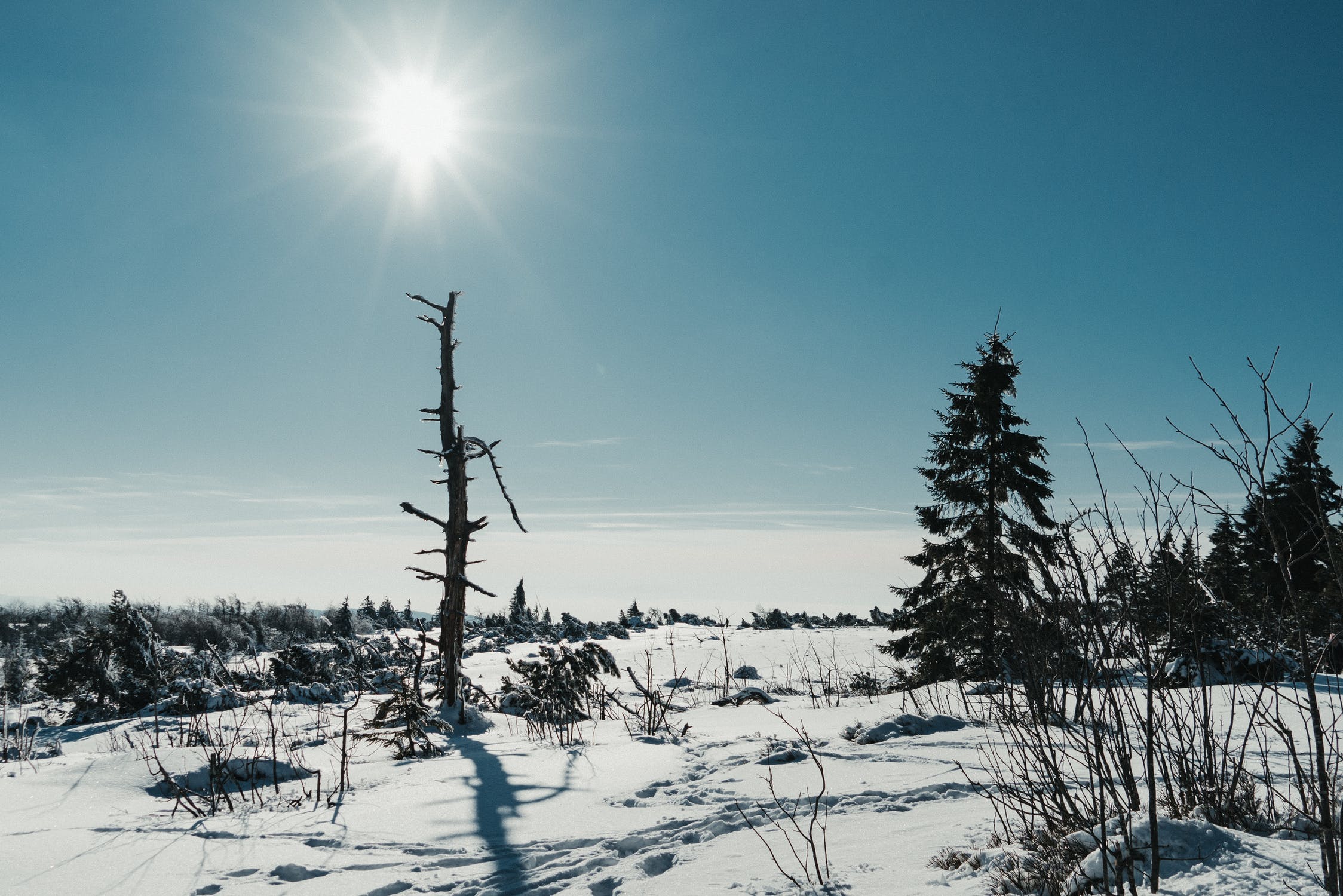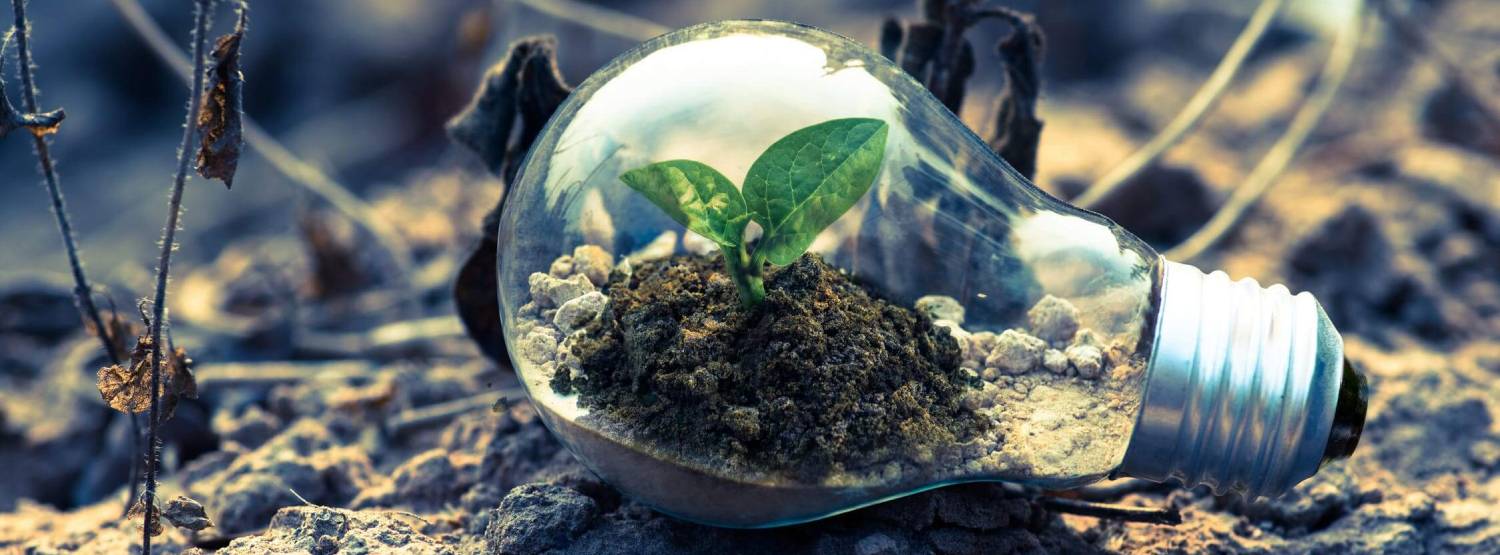Melting ice caps and pillaging of the Arctic
Dr Gary Robertshaw
April 2015
Melting ice caps. There have been 69 reports of oil and chemical spills in the North Sea over the last three months, according to the Department of Energy and Climate Change. That amounts to almost one spill every single day. BP had the highest number of reported incidents over the last three months. That is despite its catastrophic involvement with the Gulf of Mexico oil disaster and promises to clean up its act.
Dr Richard Dixon, the director of WWF Scotland, said, People will be shocked to learn that there have been so many spills in such a short time. Operating in the North Sea is tough but the companies involved should be ashamed of this catalogue of faulty valves, operator mistakes and broken hoses. The industry is always telling us that they are among the most tightly regulated anywhere in the world. You shudder to think what is happening in less regulated places. Getting oil and gas from the North Sea is a dirty and polluting business that produces fuels, which go on to change the climate. We urgently need a plan to move from offshore fossil fuels to offshore renewables, transferring jobs and creating new technologies here in Scotland.
Ironically, climate change has contributed to Arctic sea ice loss, which the oil industry now sees as an opportunity to reach previously impenetrable areas for further exploration.
All this comes on top of further alarming news about new plumes of methane found bubbling across the surface of the Arctic Ocean. Methane is a greenhouse gas that is 20 times more potent than carbon dioxide, and it is estimated that there are hundreds of million tons of methane gas locked away underneath the Arctic permafrost.
The new plumes of methane are highly significant because a toxic combination of melting ice caps and rapidly rising temperatures will exacerbate the ongoing melting of Siberian permafrost. In turn, the sudden release of trapped methane into the atmosphere could trigger runaway climate change.
Dr Semiletov, a scientist working alongside the University of Georgia, said, In a very small area, less than 10,000 square miles, we have counted more than 100 fountains, or torch like structures, bubbling through the water column and injected directly into the atmosphere from the seabed. We carried out checks at about 115 stationary points and discovered methane fields of a fantastic scale. I think on a scale not seen before. Some of the plumes were a kilometre or more wide and the emissions went directly into the atmosphere. The concentration was a hundred times higher than normal.
These findings will, of course, be downplayed by climate sceptics and the oil industry. However, it does emphasise the need to reduce our collective reliance on fossil fuels and accelerate investment in renewables if potentially catastrophic climate change is to be averted. It also underlines the need to more closely monitor the activities of the oil industry as they pillage the Arctic almost with impunity, intent on making profits at any cost.





